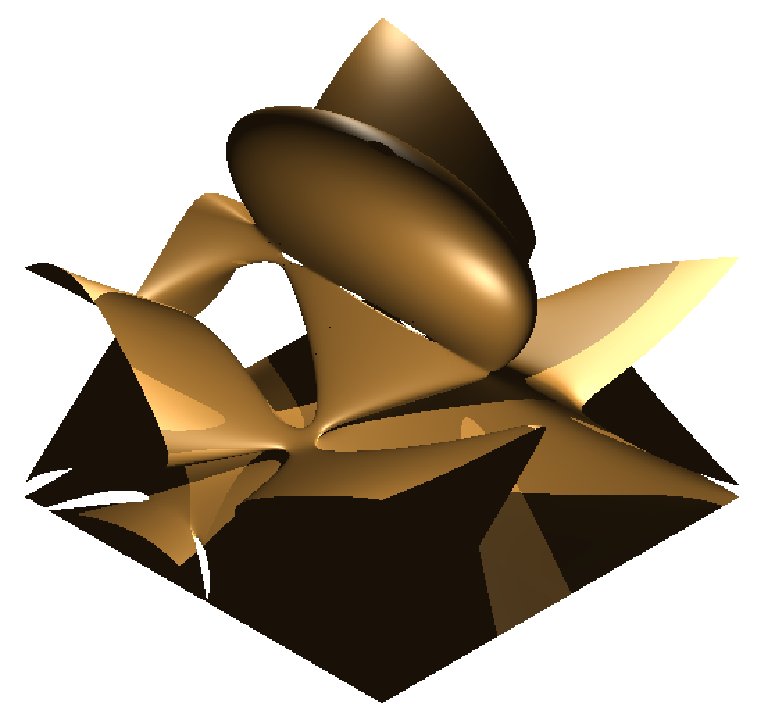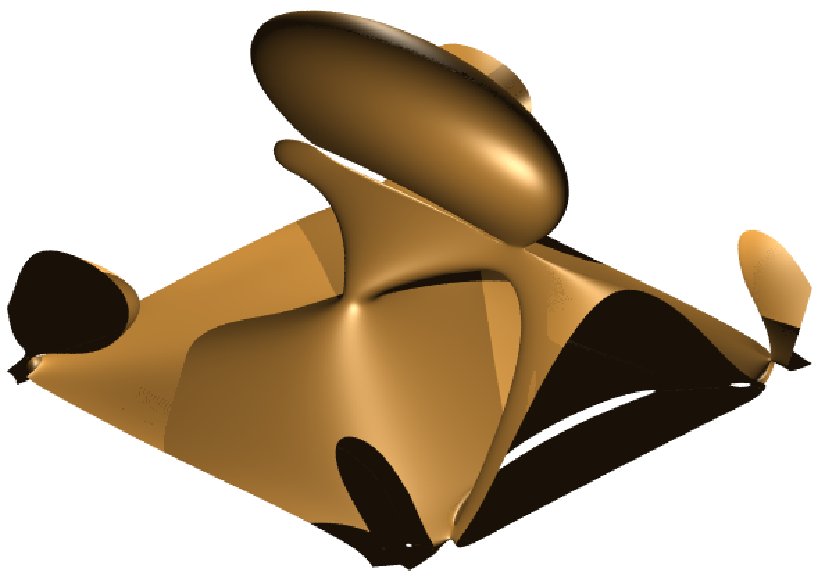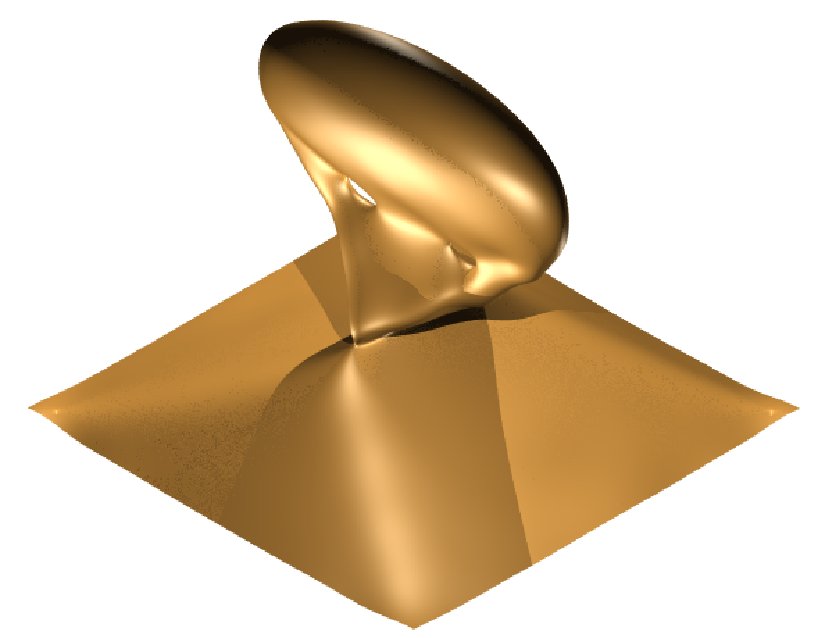You are here:
Computational Geometry
/
Projects
/
GAIA
/
Change of representation
/
Approximate implicitization
/
Approximate implicitization by point sampling & normal estimates



